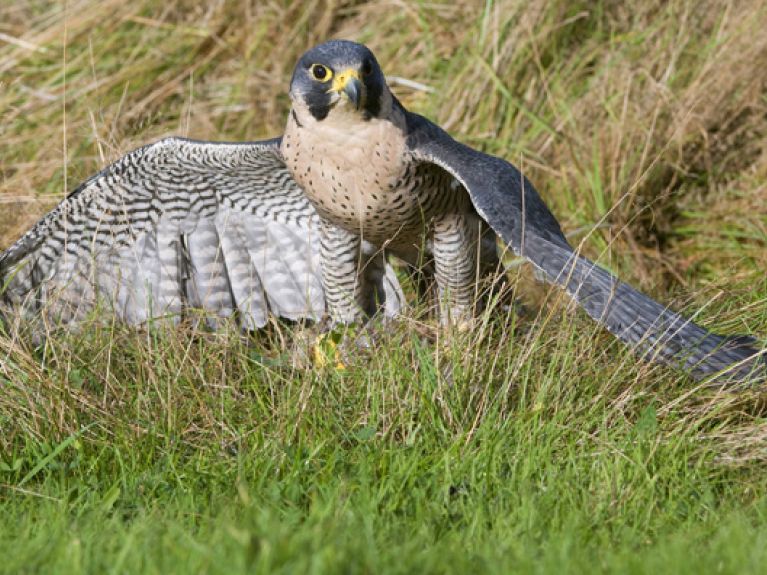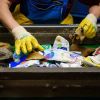Nature of the Year 2015
Every year, organisations in Germany choose plants and animals that deserve special attention. A selection.

Persecuted hunter
The northern goshawk (accipiter gentilis) has been chosen as the Bird of the Year 2015. The bird of prey is timid. Although it has been forbidden to hunt the goshawk since the 1970s, nature conservation organisations complain about the illegal persecution of the bird. In Germany there are currently between 11,500 and 16,500 breeding pairs of northern goshawks, and Berlin records one of the world’s highest population densities for this bird with around 100 breeding pairs. www.nabu.de/aktionenundprojekte/vogeldesjahres
Tough little brother
The field maple (acer campestre) has been chosen as the Tree of the Year 2015 in Germany. The robust ‘little brother’ of the Norway maple and the sycamore maple is relatively small, knotty, multi-stemmed and above all inconspicuous, and is found mainly bordering fields or in hedges. It is also a survival expert, since it can tolerate heavily compacted soils, ozone, intense sunshine and aridness as well as weeks of flooding. www.baum-des-jahres.de
Armoured but endangered
The European pond turtle (emys orbicularis) has been chosen as the Reptile of the Year 2015. It is the only species of turtle that occurs naturally in Central Europe. But its habitat in wetlands is decreasing, and in Germany the reptile is classed as “threatened with extinction”. Only a few populations now remain, especially in eastern Germany. www.dght.de
Coral in woodlands
If you think that all corals grow in the sea, you are mistaken. The crown coral (artomyces pyxidatus) has been named the Fungus of the Year 2015, and it is not related to any form of sea coral. It grows on dead trees, but the crown coral’s natural habitat is shrinking, because the deadwood is being used more and more for heating. www.dgfm-ev.de
Wild amphibian habitat
The Argen River, which rises in the Oberallgäu, was chosen as the River Landscape of 2014/15. The Argen is regarded as one of the last German lower-alpine ‘white-water’ rivers, and it flows into Lake Constance after 90 kilometres. This river landscape is home to important species of European amphibians, such as the northern crested newt and the yellow-bellied toad. www.wilde-argen.de
www.nabu.de/tiereundpflanzen/naturdesjahres
© www.deutschland.de
